1、概况
宇航学院航天信息工程系(原图像处理中心)成立于1984年,自2017年起承担“飞行器控制与信息工程”本科专业、以及“模式识别与智能系统”学科硕士与博士研究生的教学工作,包括留学生的硕士、博士培养工作,是国家级重点学科"控制科学与工程"(国家第4轮学科评估为A)的承载单位之一,主要从事图像处理、模式识别与智能系统相关的理论和应用研究,在国内航空航天领域具有重要影响,在国外相关领域也具有一定的知名度。秉承北航“德才兼备、知行合一”的校训,为创建科技创新型国家培养两领人才,培养的本科生60%以上进入研究生继续深造,毕业的硕士、博士研究生70%以上服务于航空航天部门。
在国家211和985等学科建设项目的支持下,建设了“图像处理与识别教学综合实验室”,目前是“数字媒体北京市重点实验室”支撑单位之一,与香港Motic集团联合建立了“北航-Motic图像技术研发中心”、与美国William Beaumont Hospital建立“自适应放射治疗技术研究中心”,与美国匹兹堡大学、英国诺丁汉大学、澳大利亚联邦科工数学与系统所构建了硕士、博士研究生联合培养平台,为本科生教学和研究生培养提供了良好的教学和实践环境。
2、学科建设
宇航学院航天信息工程系承载北京航空航天大学国家重点学科“控制科学与工程”下属二级学科“模式识别与智能系统”的学科建设任务。在国家211学科建设、985教学条件建设以及北京市重点实验室建设项目的支持下,为适应我国战略发展需要,结合宇航学院航天及国防背景,建设了智能图像识别、智能数据获取与处理、多模成像与视觉导航、和空天信息智能感知与多模成像4个实验室,建设的研究平台包括:
(1)多模遥感成像与识别数据库系统;(2)可见光与红外双模实时目标探测跟踪系统;(3)基于视觉的航天器姿态跟踪系统;(4)火箭导引头-信息处理系统设计与实验平台;(5)天基目标成像、仿真及分析处理平台;(6)目标可见光红外特性分析平台;(7)光谱成像实物仿真平台;(8)面向空间任务的计算机视觉与智能系统技术研究平台;(9)显微成像及图像处理研究平台;(10)空间目标仿真成像实验演示平台。通过学科建设,显著增强了单位的教学、科学研究实力,为加快推进北航“空天信医”融合特色的世界一流大学建设打下坚实的基础。
3、师资队伍
航天信息工程系现有固定教师19人,具有不同的教育和学科背景,学科交叉是师资队伍的显著特点,其中包括教授博导8人(含国家级青年人才1人)、副教授10人(2人为博导)、讲师1人、博士后4人,所有教师全部具有博士学位。教师团队中拥有新世纪优秀人才2人,全国博士论文百优提名奖1人,首届航空宇航科学与技术学科全国优秀博士学位论文1人,北航蓝天教学新星、蓝天科研新星和蓝天管理新星共4人,蓝天新秀4人,优秀博士后1人。航天信息工程系是一支由年富力强、和谐团结的中青年教师组成的教学科研团队,形成了教授牵头、青年教师为主的具有活力的学术梯队。
4、教学工作
航天信息工程系承载着“模式识别与智能系统”学科硕士、博士和留学生的培养任务,承担“飞行器控制与信息工程”本科专业的教学工作。单位年均招收本科生45人,硕士、博士研究生(包括留学生)35人。
培养的博士研究生获全国百篇优秀博士论文提名奖1人、首届航空宇航科学与技术学科全国优秀博士学位论文1人。目前为本科生开设了数字信号处理、数字图像处理、模式识别、目标探测与识别、航天信息智能处理系统及应用、数据结构、计算机视觉、遥感技术基础等15门课程;为研究生开设了数字图像处理、人工智能、模式识别、机器视觉、机器学习等6门课程;为留学生开设了5门课程。其中数字图像处理、模式识别和数字信号处理为北京航空航天大学精品建设课程。
5、科研工作
航天信息工程系一贯注重信息技术和航空、航天技术的融合,注重应用基础理论和应用技术研究,注重与工业部门的合作,走“产、学、研”相结合的发展道路。近5年科研经费年均约1800万。
在应用基础理论研究方面,近五年来,主持国家自然科学基金18项(包括重点项目和联合重点项目各1项),发表高水平SCI(E)研究论文超过200篇,其中在本学科顶级国际刊物杂志(IEEE Transactions on Pattern Analysis and Machine Intelligence、IEEE Transactions on Image Processing、IEEETransactions on Geoscience and Remote Sensing、Pattern Recognition、Optics Express、IEEE Transaction on Medical Imaging等)和国际顶级会议(IEEE Conference on Computer Vision and Pattern Recognition等)上发表论文30余篇,出版图书4部。
在应用技术研究方面,得到国家重点研发计划、国家863、国家科技支撑计划、总装预研、总装863等项目的支持,获得国家科技进步奖二等奖1项、部级科技成果奖4项,在图像模式识别与智能控制技术、多传感图像信息提取与融合技术、生物医学影像处理及识别技术等领域形成自己独特的技术优势。通过与应用部门合作,研制成功装备产品4项,且均已投入部队使用;研制医学临床应用产品6项,获得国家医疗器械注册许可证5项,在解放军总医院、北京协和医院、北京大学第三医院、北京大学口腔医院、中山大学肿瘤医院、中山大学第一附属医院等国内大型医院得到应用,用户累计超过600家。
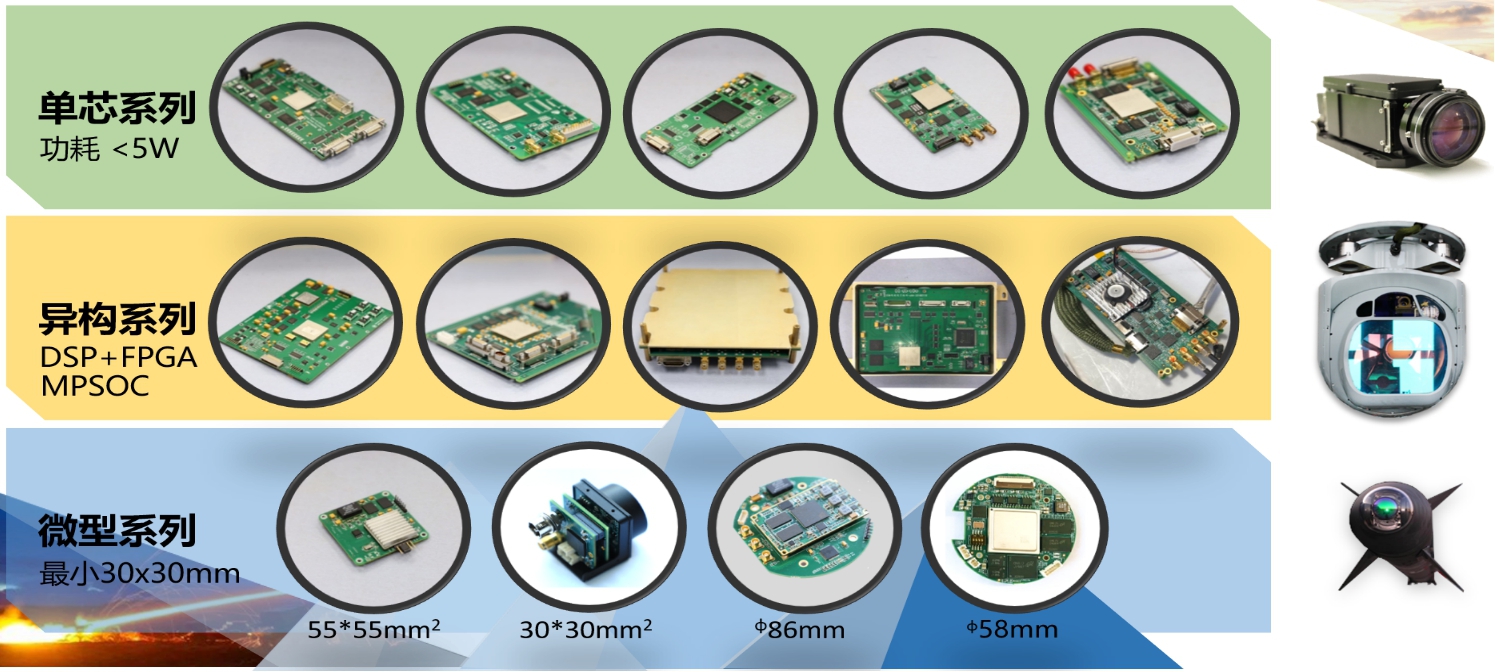
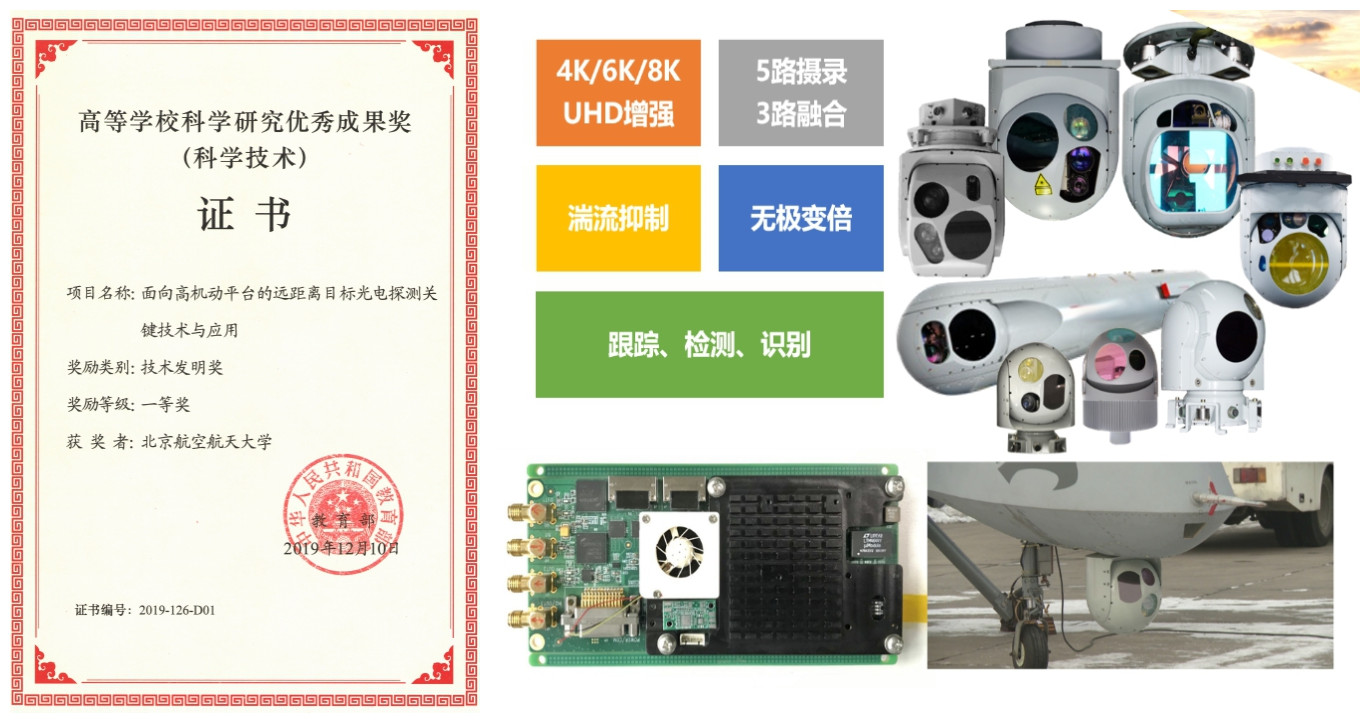
面向高机动平台的远距离目标光电探测技术首次将像质增强、机电稳像、检测识别、目标跟踪一体复合闭环系统运用于目标探测中,大幅提高了探测效率、准确率和精度,达到国际领先水平,荣获2020年度“国家科技进步二等奖”。
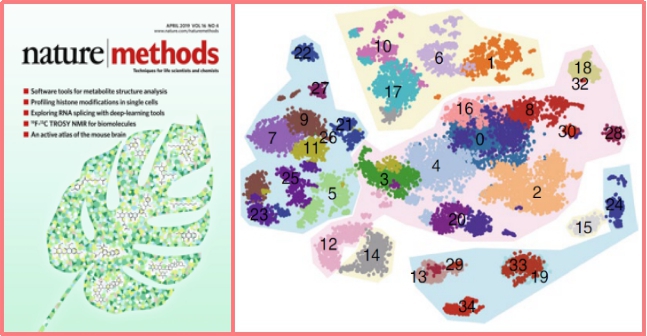
单细胞基因重构及解析——国际上首次实现了百万级神经元脑图谱,全面揭示了神经元的“异构性”,完成了百万级鼠脑神经元基因表达的精准解析,相关成果发表在《Nature · Methods》
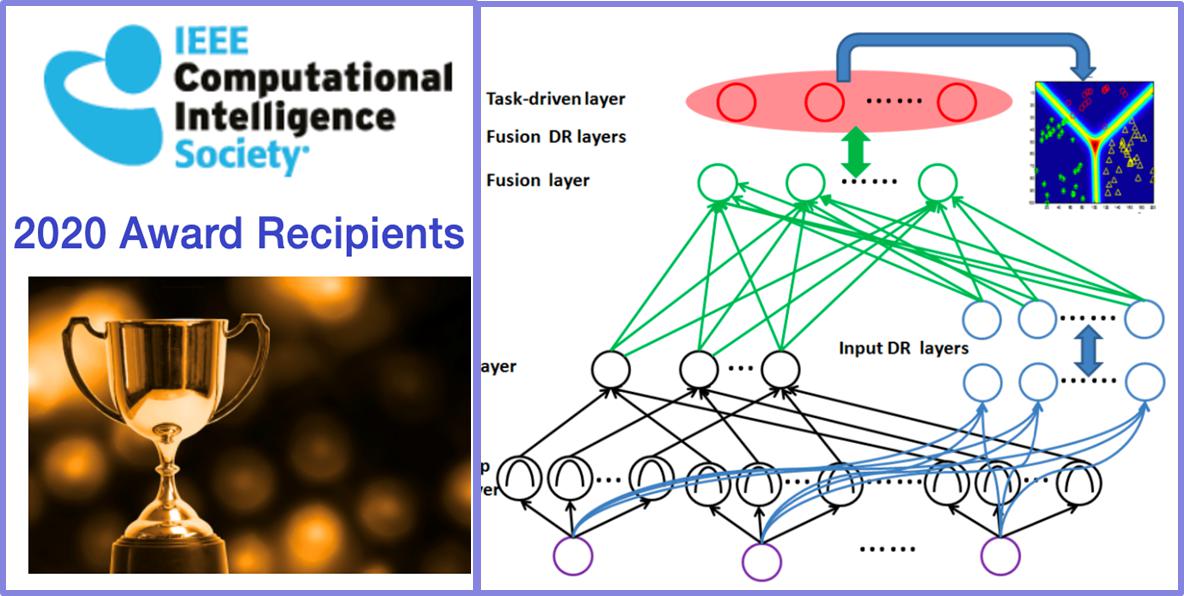
脑启发的智能计算模型的构建——有机结合人脑理解中定性思维和定量思维,显著提升了智能模型对低辨识特征的理解能力,相关成果被IEEE计算智能协会授予2020年IEEE模糊系统汇刊唯一杰出论文奖。
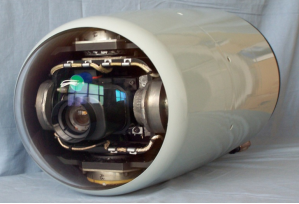
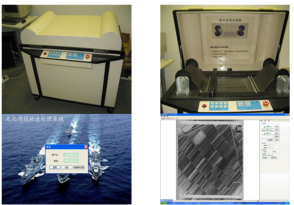
| 与中国电子科技集团第三研究所合作,研制的光电导引系统,突破全视场实时目标检测、跟踪的技术瓶颈,得到应用部门的认可。 |
研制成功国内首台航空胶片高速、高精度扫描仪,在扫描精度相同的情况下,速度是国外同类产品的近20倍。 |
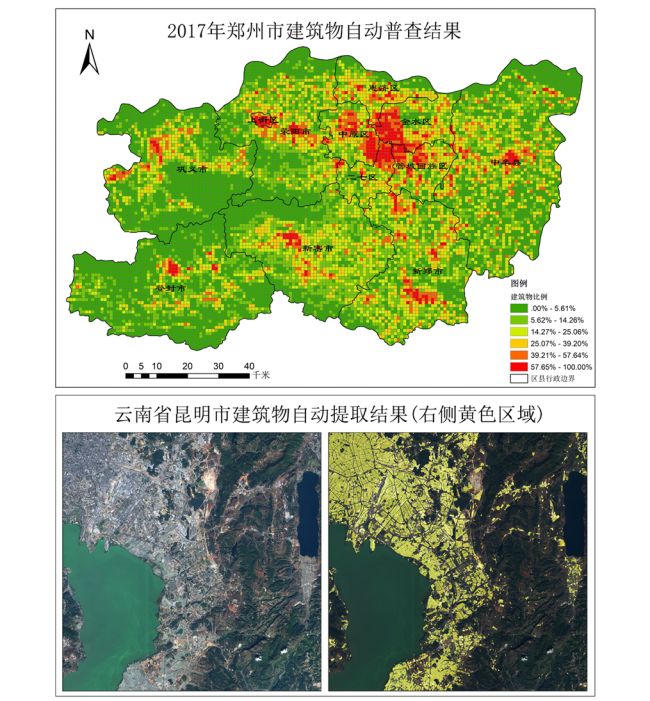
基于遥感大数据的影像智能信息提取系统
基于大数据和深度学习技术,对GF-1、ZY-3等卫星遥感数据中的建筑、道路、植被、水体等地物进行自动提取和分析。系统日吞吐数据量达5TB,处理遥感影像1000余景,可覆盖国土面积超150万平方公里,为我国的土地督察工作提供技术服务。
Department of Aerospace Information Engineering
1.Introduction
The Department of AeroSpace Information Engineering(originalImage Processing Center,abbr.IPC) ofBeihang Universitywas established in 1984. It teaches the undergraduates in the major ofSpacecraft Control and Information Engineering(SCIE), and teaches the postgraduates and doctors in the major ofPattern Recognition and Intelligent System. The graduate and doctoral education for the foreign students is undertaken as well.IPCis one of the support units of the national key discipline,Control Science and Engineering (A-score in the 4-th round of national discipline evaluation).IPCis mainly engaged in the research of theory and application aboutimage processing, pattern recognition and intelligent system, and plays an important role in the field of domestic aerospace research. Adhereing to Beihang University’s motto of ‘Combining Ability with Morality, Unifying Knowledge and Practice’, we contribute to train the scientific and technological talents for innovation-oriented country. More than 60% of the undergraduate students continue their postgraduate study, and more than 70% Masters and Doctors work in the aerospace and national defense department.
Under the supports of ‘211’, ‘985’, and Double-First-Class disciplines construction projects, IPC has ‘ComprehensiveTeachingLab.ImageProcessing andRecognition’, ‘Beijing Digital Media Key Laboratory’, ‘Beihang-Motic Image Technology Research and Development Center’(jointly supported by Motic Group in Hongkong), and ‘Adaptive Radiation Therapy Technology Research Center’ in cooperation with American William Beaumont Hospital.IPCprovides a joint training platform for graduate and doctor students, and provides a good teaching and practice environment for undergraduate and postgraduate students together with Pittsburgh University, Nottingham University and Australian Federal Science and Industry Mathematics and System Institution.
2.Discipline Development
IPCundertakes the responsibility to develop the discipline ofPattern Recognition & Intelligent System, which is a sub-discipline of the national key discipline,Control Science and Engineering,in Beihang University. Under the support of national “211 Project” and “985 Project”, and the grant for developing key laboratory of Beijing, to fulfill the requirements of developing astronautics,wehave built up 4 laboratories: Intelligent Image Recognition, Intelligent Datum Acquisition and Processing, Multi-Modal Imaging and Visual Guidance, Aerospace Information Intelligent Sensing and Multi-Modal Imaging. In these laboratories we have:
1)A database system of multimodality remote sensing and recognition. 2) A real-time tracking system using visible and infrared images. 3) Vision based pose tracking system for spacecraft. 4) A platform of designing and testing information processing system for rockets seeker. 5) A platform for simulating and analyzing objects captured by an outer space located camera. 6) An analysis platform for the visible light and infrared characteristics of object. 7) A simulation platform for spectrum imaging. 8) A research platform with respect to computer vision and intelligent system for space tasks. 9) Microscopy imaging and image processing & research platform.10) A simulation platform for imaging space objects. By developing the disciplines, our ability in teaching and scientific researchhas improved significantly, which laid a solid foundation to help Beihang University to achieve a world-class university with multi-discipline of ‘AeroSpace, Information, and Medcine’.
3.Staff
There are 19 staff inIPCnow, including 8 professors(allPhD supervisors, one Thousand-Youth), 10 associate professors(2 arePhD supervisors), 1 lecture. All the staff have Ph.D degrees in different education backgrounds and specialty. Interdisciplinary is the notable feature of our staff. Among the academic staff, there are 2 ‘New Century Excellent Talents’,one ‘Nominee Award for National100 ExcellentPhD Thesis’,one ‘ExcellentPhD thesis award of The First Aeronautics and Astronautics Science and Technology’, 4 ‘Blue-Sky Young Talented’, 4 ‘Blue-Sky YoungStars’ in teaching, academic and administration, respectively, andone BUAA Excellent Post-doctoral. IPC is an active academic staff with young teachers as major part and headed by professors.
4.Teaching
IPCis responsible for the teaching of ‘Spacecraft Control and Information Engineering’specialty for undergraduate, and ’Pattern Recognition and Intelligence System’ for graduate students. Annually, there are about 45 undergraduate students and 35 postgraduate (including PhD students and foreign students).
Among doctoral students, there areone ‘Nominee for National100 excellentPhD Thesis Award’ andone ExcellentPhD thesis award of The First Aeronautics and Astronautics Science and Technology. At present, we teach15 courses for undergraduate students, which mainly includeDigital Signal Processing, Digital Image Processing, Pattern Recognition, Digital Video Processing, Remote Sensing Foundations, Object Detection Tracking And Recognition, and Computer Vision, etc. We also give 6 courses for postgraduate students, such asDigital Image Processing, Pattern Recognition, Machine Learning,Machine Vision, etc. For foreign graduate students, we deliver 5 courses. Especially, three courses have been the excellent courses in BUAA, which are digital image processing, pattern recognition and digital signal processing.
5.Science Research
IPChas always focused on the integration of information technology, aviation technology and aerospace technology, paid close attention to research on the application of basic theory and technology, highlighted cooperation with the industrial sector in the direction of combination of "production, study and research". In the last five years, the annual scientific research funding was about 18 million.
In the application of basic theoretical research, there are 20 NSFC projects(one NSFC Key-Project, and one NSFC Jointly-Key-Project). More than 200 high quality SCI (E) papershave been published. Over 30 papershave been published on top global magazine (IEEE Transactions on Pattern Analysis and Machine Intelligence,IEEE Transactions on Image Processing,IEEE Transactions on Geoscience and Remote Sensing,Pattern Recognition,Optics Express,IEEE Transaction on Medical Imaging) and top global conferences (IEEE Conference on Computer Vision and Pattern Recognition).
In the research on technology application, researchesare supported by National Key R&D Program,National High Technology 863Projects, and H863 projects. We have won OneSecond Prize Of National Science And Technology Progress Award,and 4 ministerial scientific and technological achievement awards. We have achieved unique technical advantages in image pattern recognition and intelligent control technology, multi-sensor image information extraction and integration of technology, the field of biomedical image processing and recognition technology. Through the cooperation of application units, 4devices have been successful developed and equipped into the Army Forces. 5 national medical device registration permitshave been acquired and 6 medical productshave been developed and used into clinical application. The usershaveexceeded 600 hospitals, including large hospitals such as the People's Liberation Army General Hospital, Beijing Union Medical College Hospital, Peking University Third Hospital of Peking University Stomatological Hospital, Sun Yat-sen University Cancer Hospital, Sun Yat-sen University First Affiliated Hospital.


Long-Range Target Photoelectric Detection Technologyintegrates the image enhancement, image electromechanical stabilization, detection and identification, target tracking into a composite close system on high mobility platform for the first time, and applied to target detection. It improves the detection efficiency, accuracy and precision greatly and advanced in the world,which was awarded the "Second Prize of National Science and technology progress" in 2020.

Single Cell Gene Reconstruction And Analysis: for the first time in the world, we have realized the brain atlas of millions of neurons, comprehensively revealed the "heterogeneity" of neurons, and completed the accurate analysis of gene expression of millions of rat brain neurons. The relevant results are published in nature · methods.

The Construction Of Brain Inspired Intelligent Computing Model:organically combines qualitative thinking and quantitative thinking in human brain understanding, which significantly improves the ability of intelligent model to understand low recognition features. The related achievements are awarded the only outstanding paper award in 2020 IEEE Journal of fuzzy systems by IEEE Society for computational intelligence.


| The developed electro-optical guidance system by IPC and the Third Research Institute of China Electronics Technology Group. In the system, the full field of real-time target detection and tracking technology bottlenecks was overcomed. The system has been approved by user department. |
China's first aviation film high-speed, high-precision scanner. In the case of the same scanning accuracy, scanning speed is nearly 20 times that of similar foreign products. |
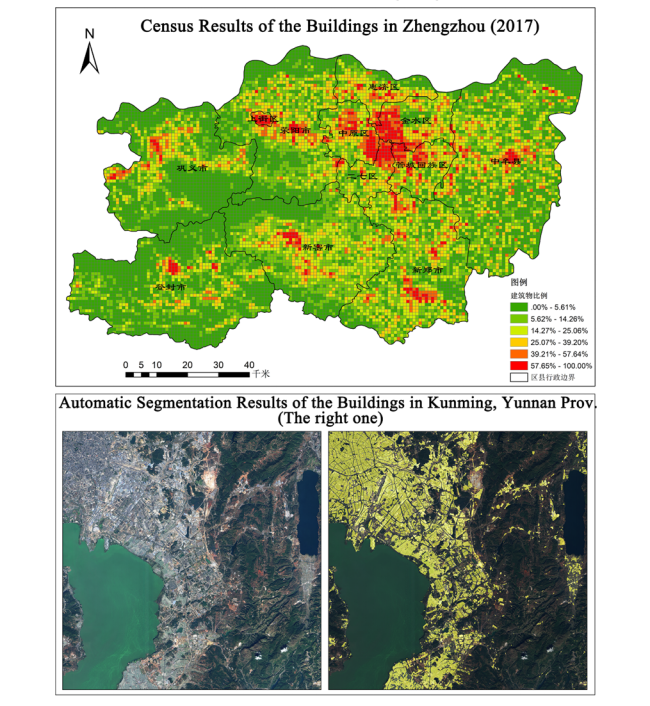
An Intelligent Image Information Extraction System Based on Remote Sensing Big Data
Based on big data and state-of-the-art deep learning methods, we can automatically extract and analyze several substances in remote sensing image data from GF-1, ZY-3 and other satellites, including buildings, roads, plants, water, etc. Our method has been practically applied to land monitoring in our country. Now the system, whose single-day throughput reaches 5 TB, processes more than 1000 images per day covering about 1,500,000 square kilometers.
.